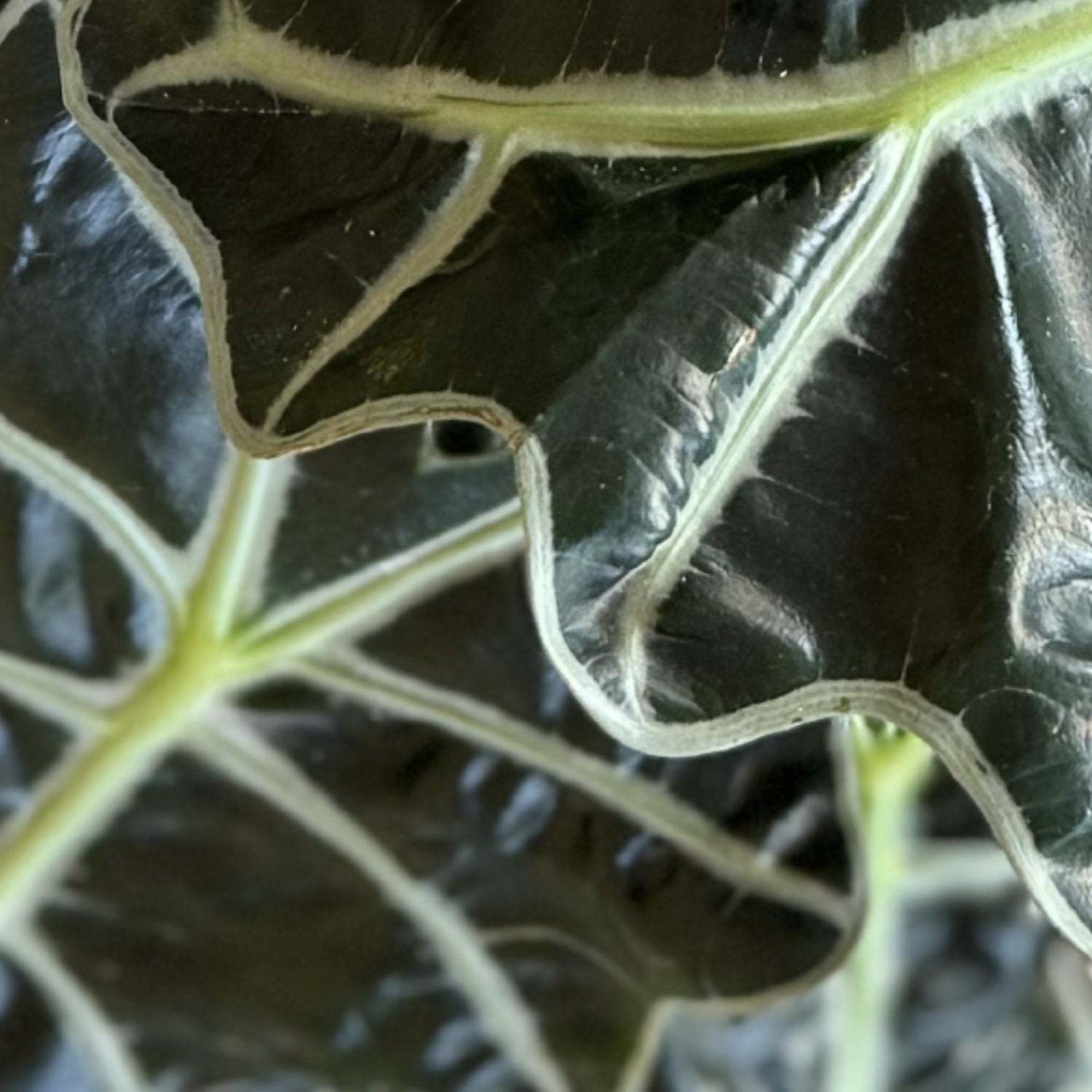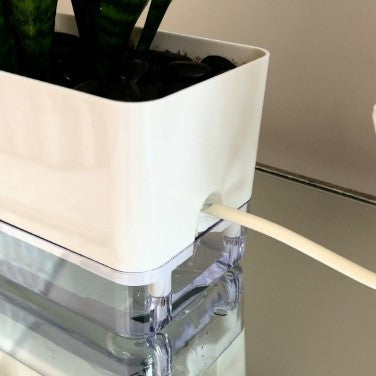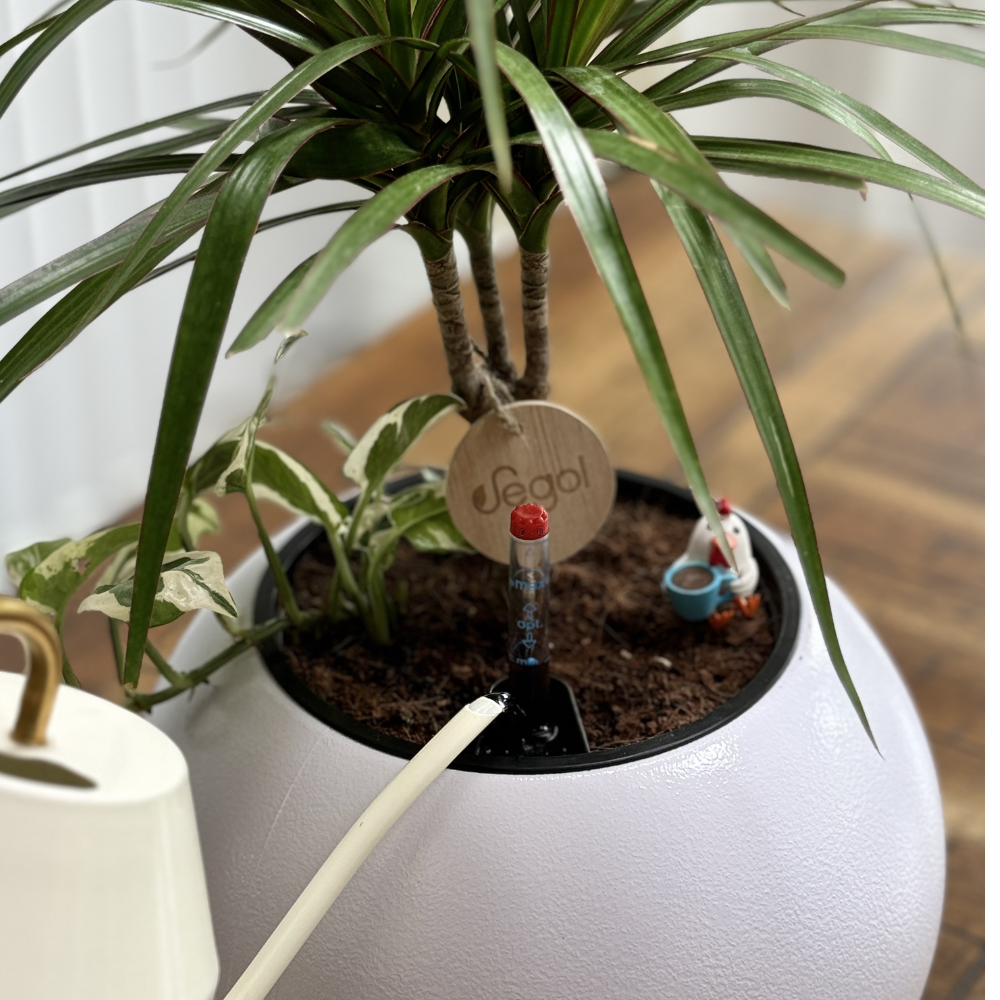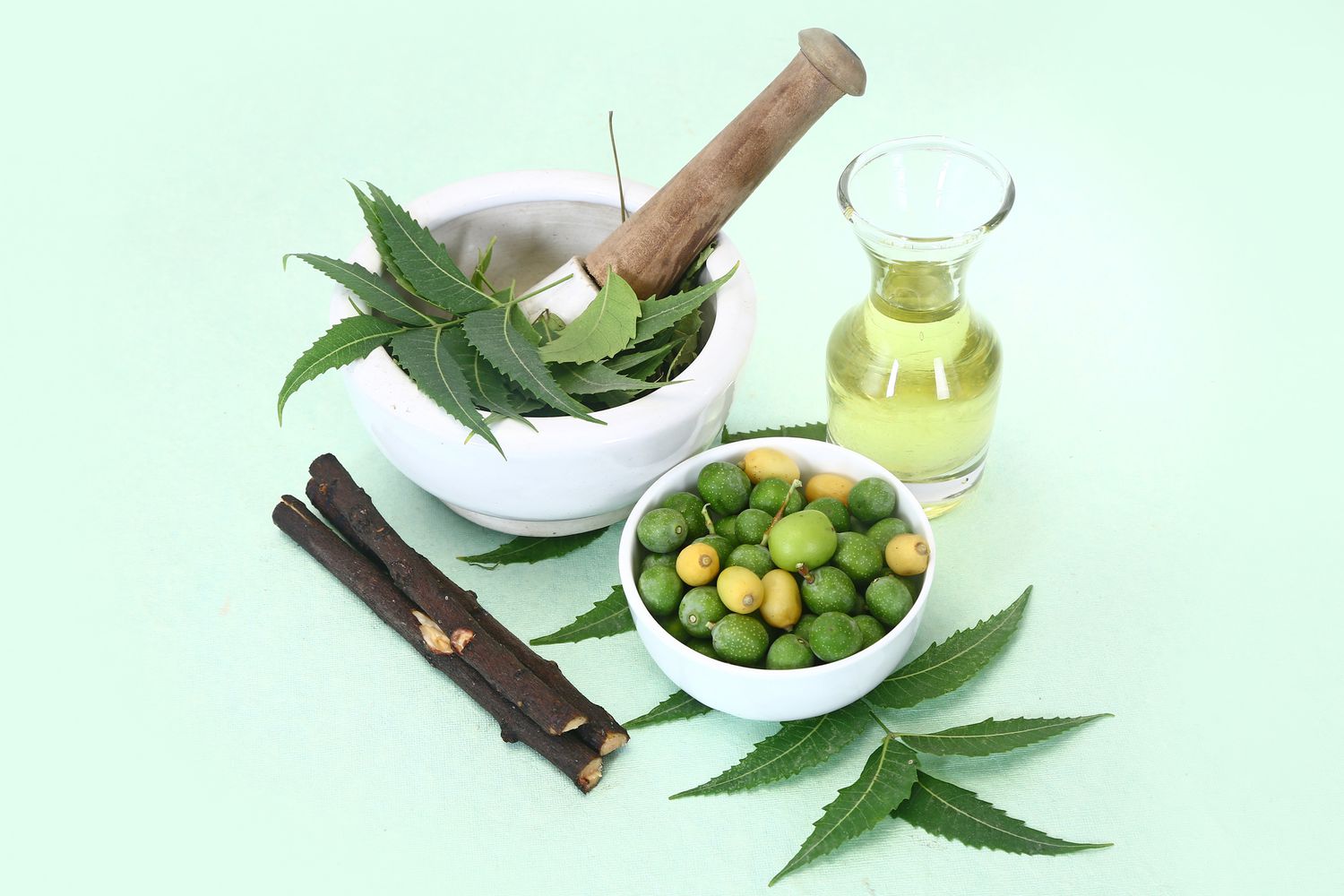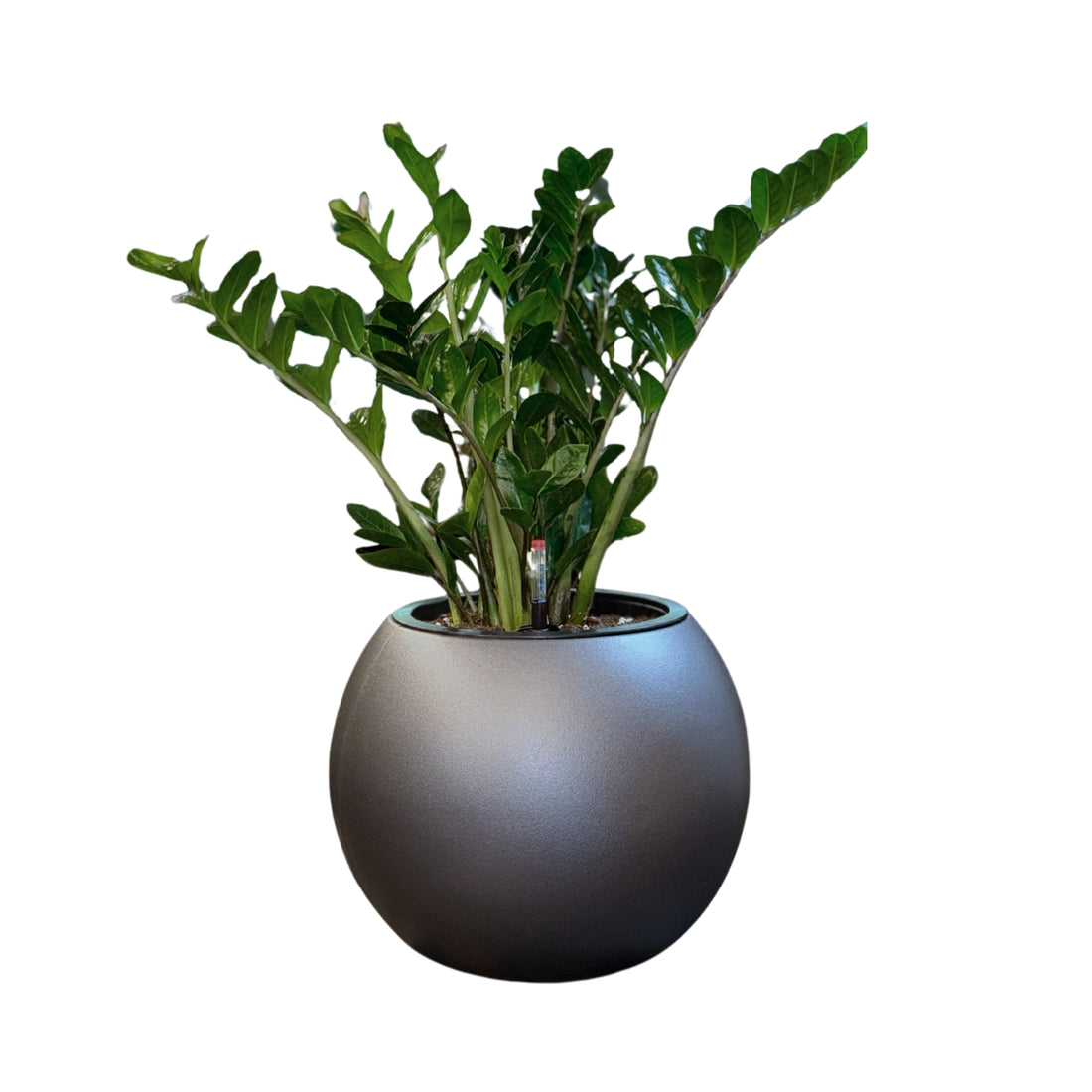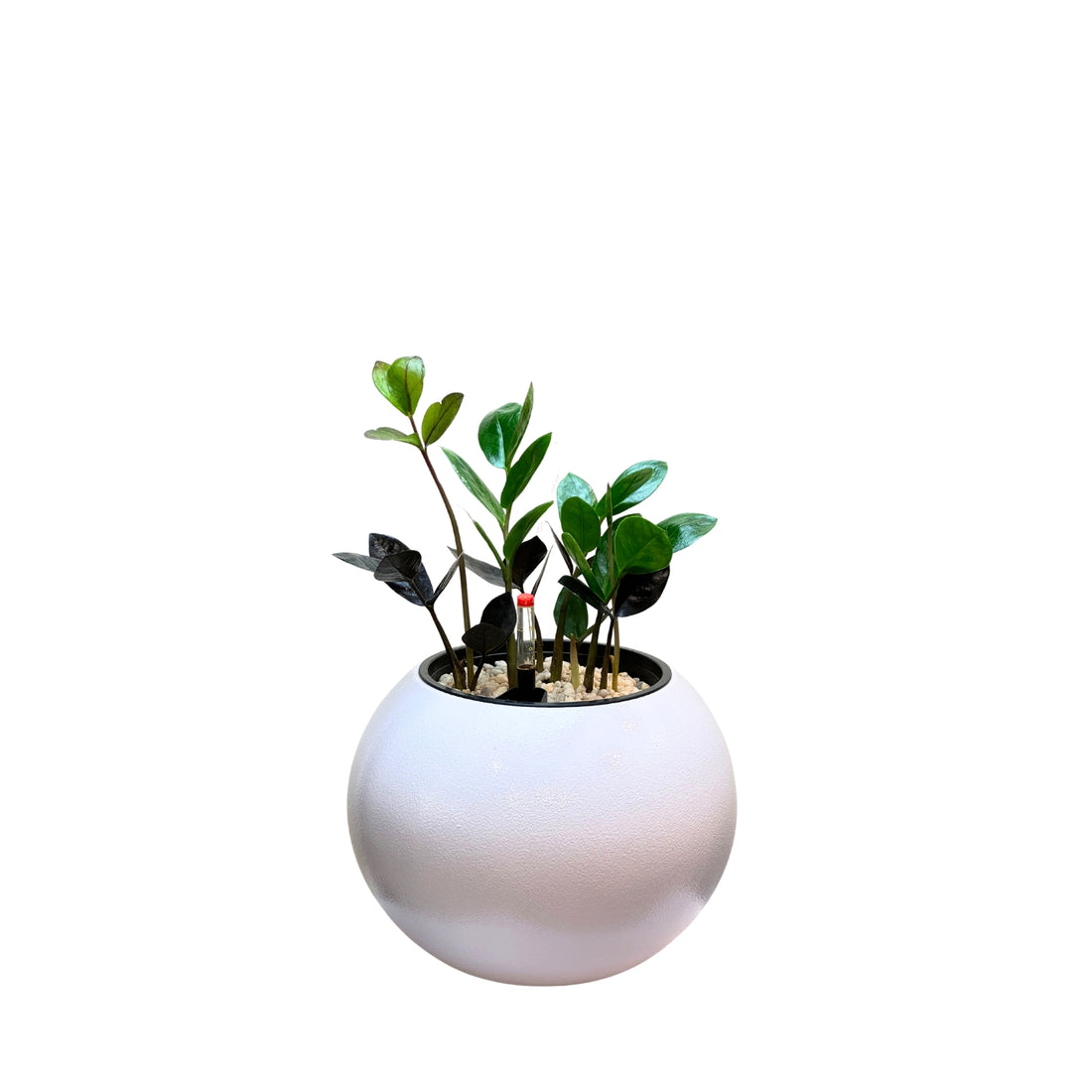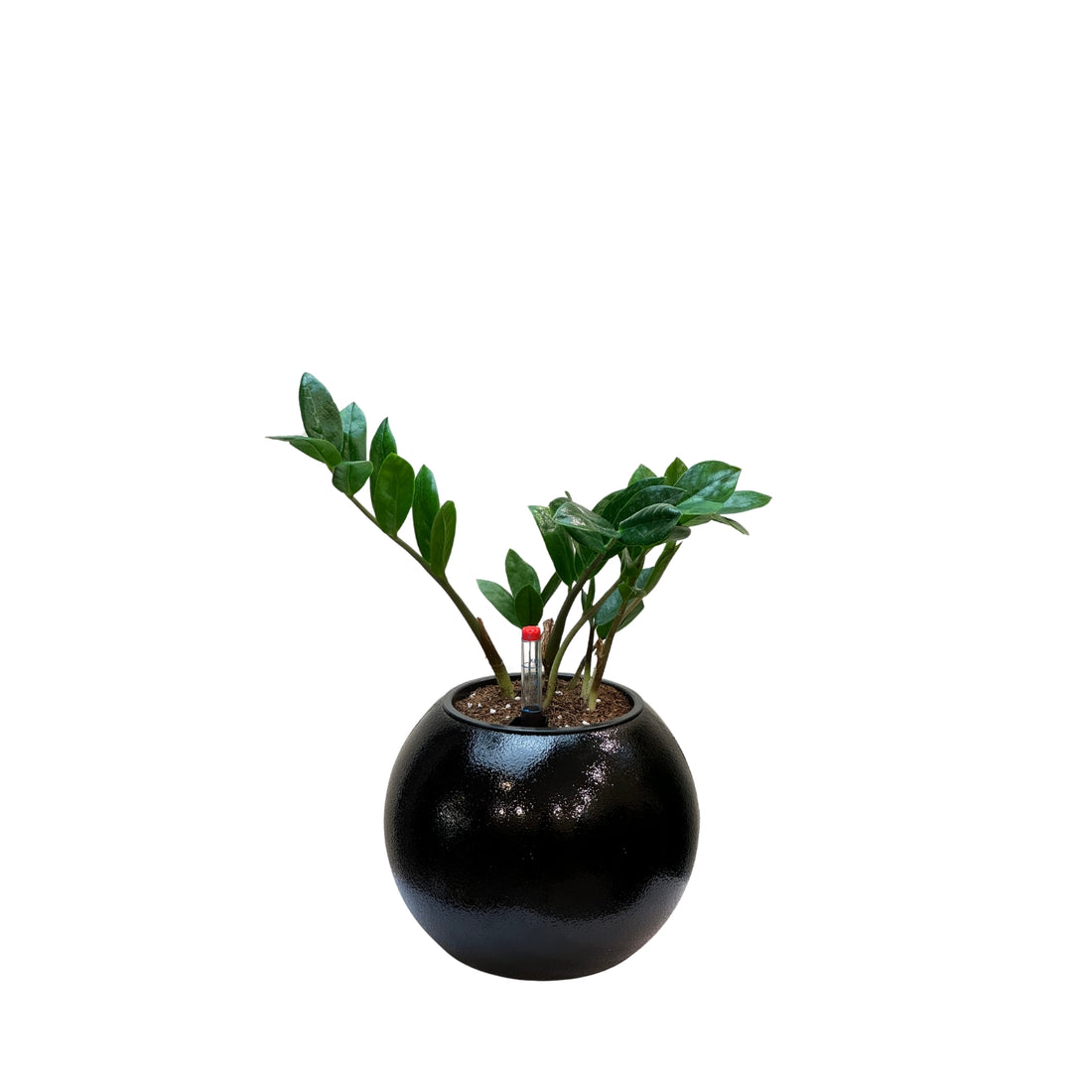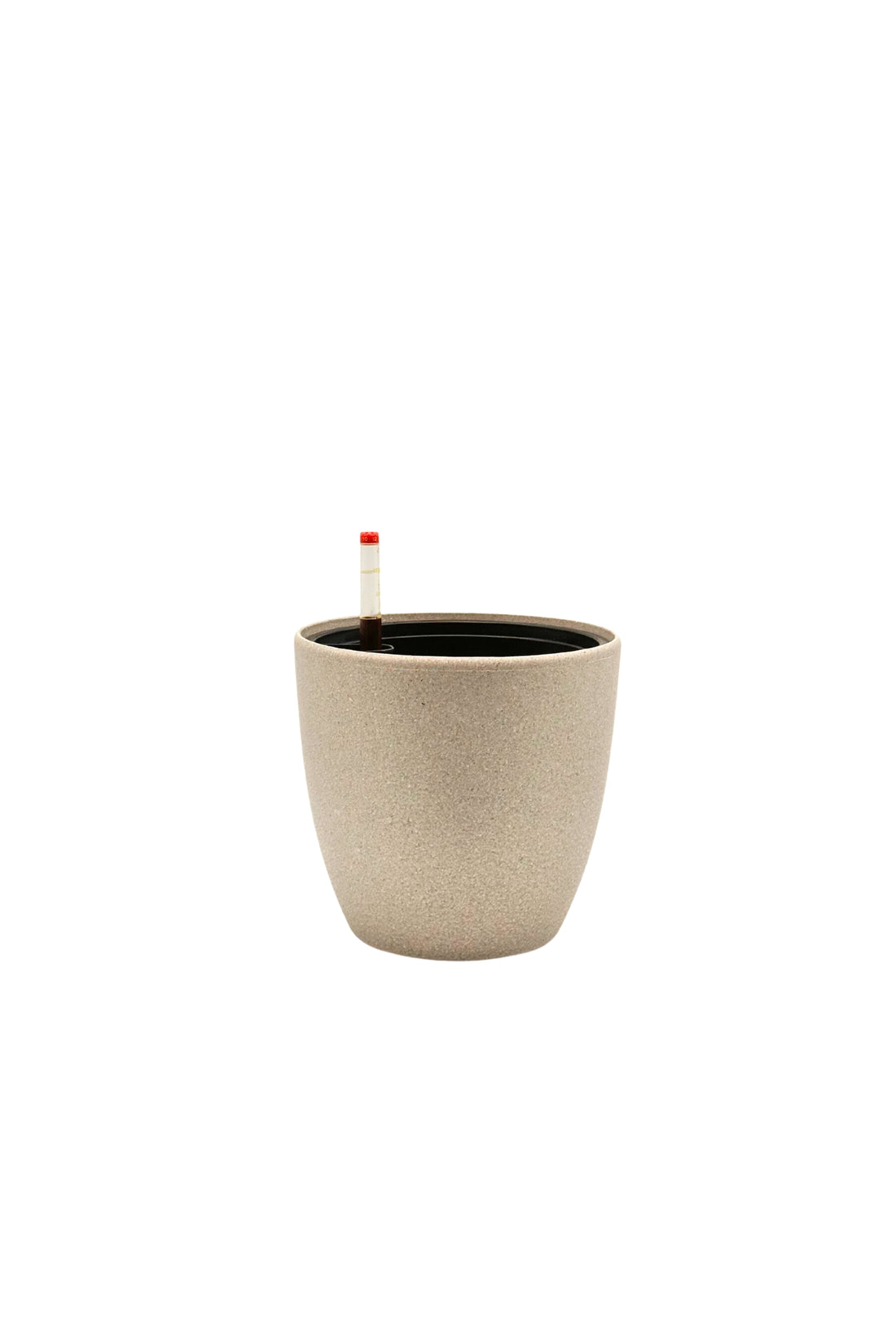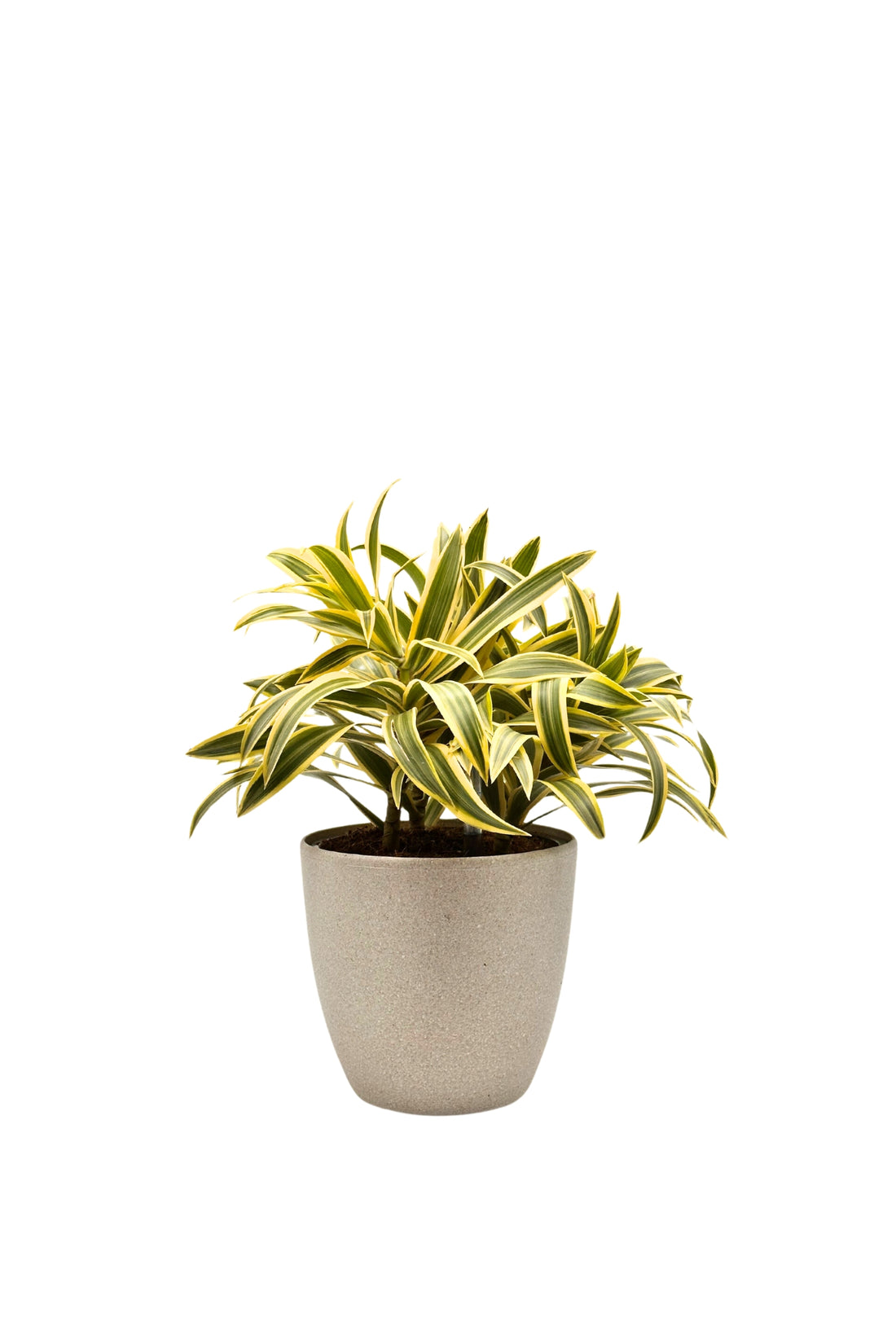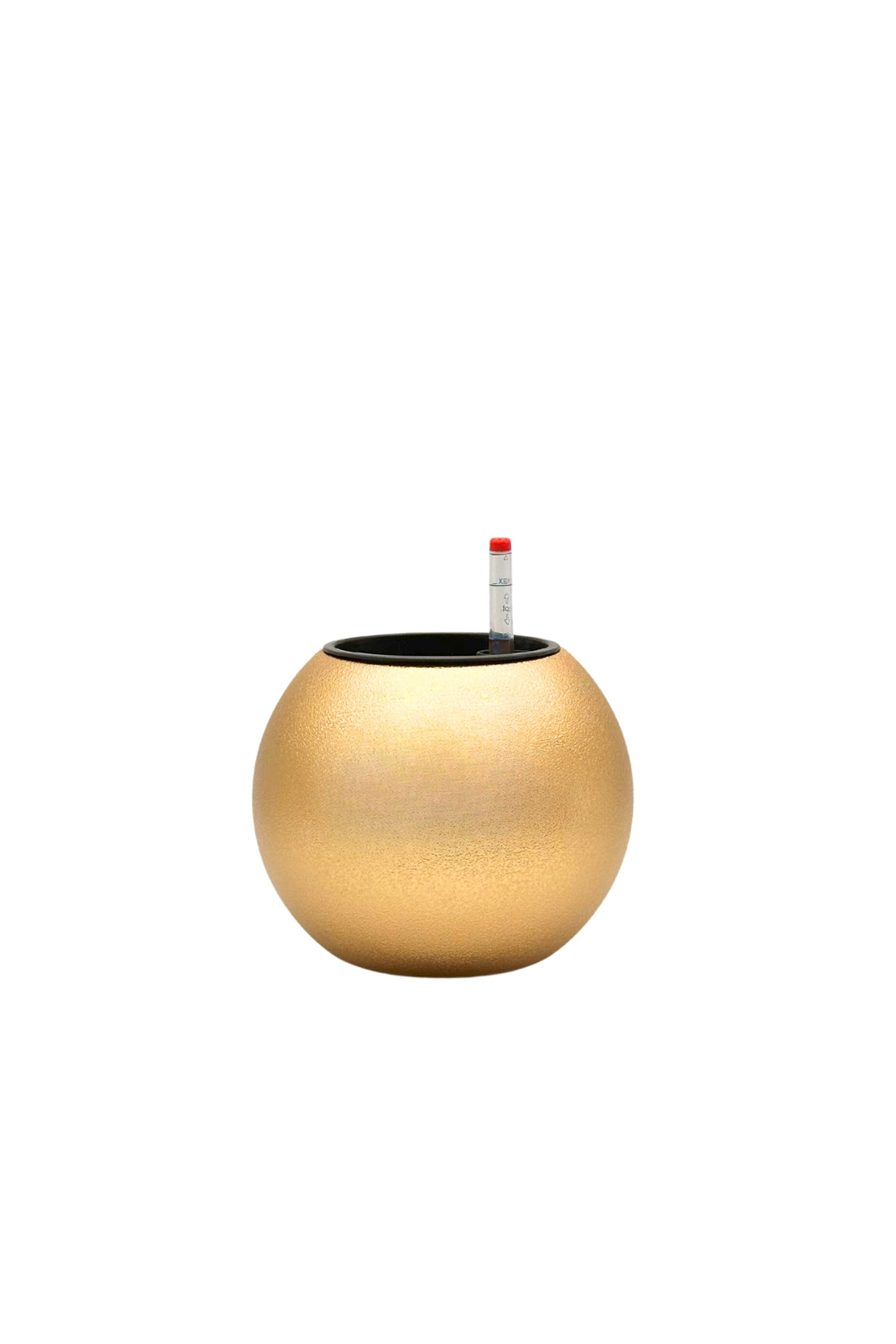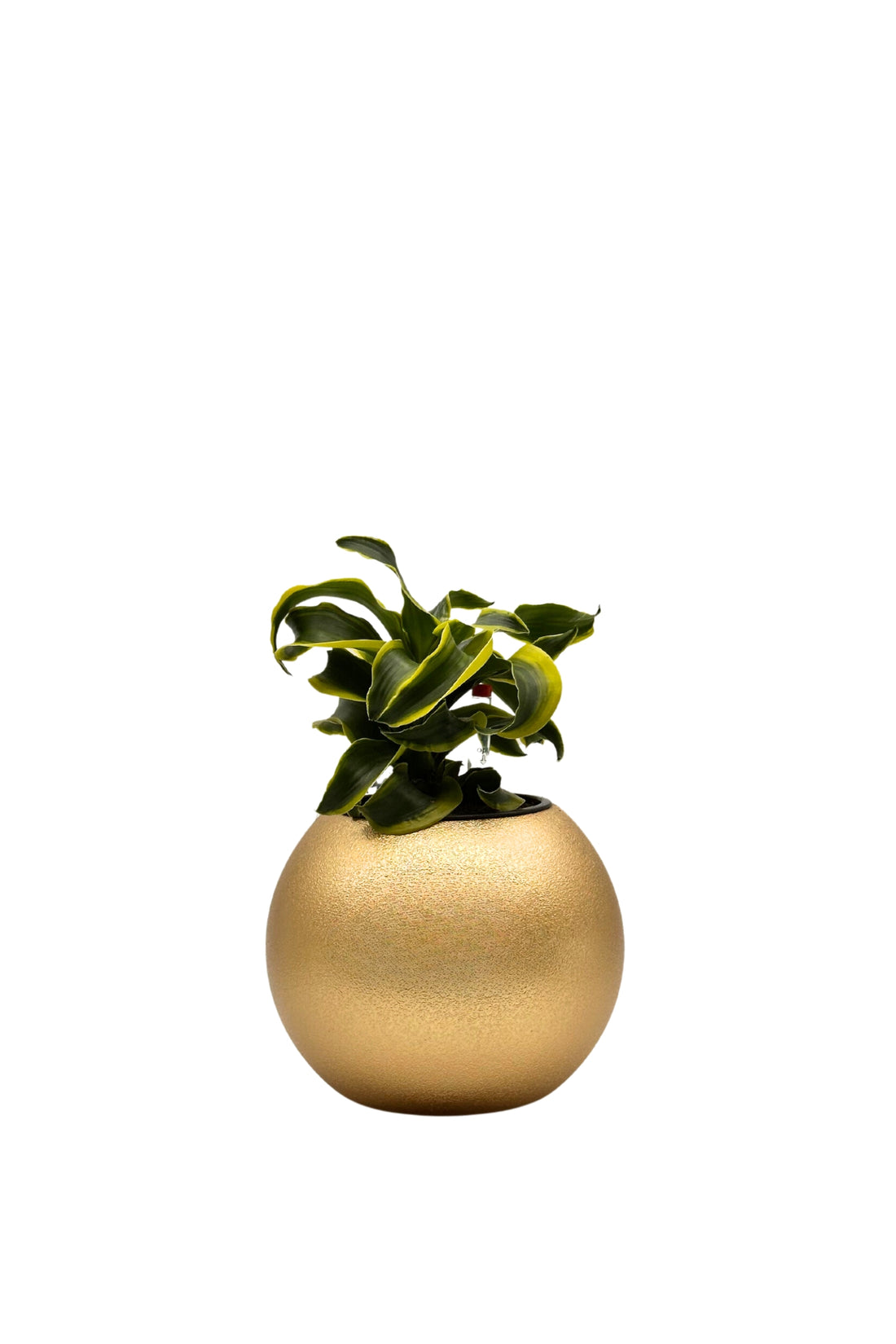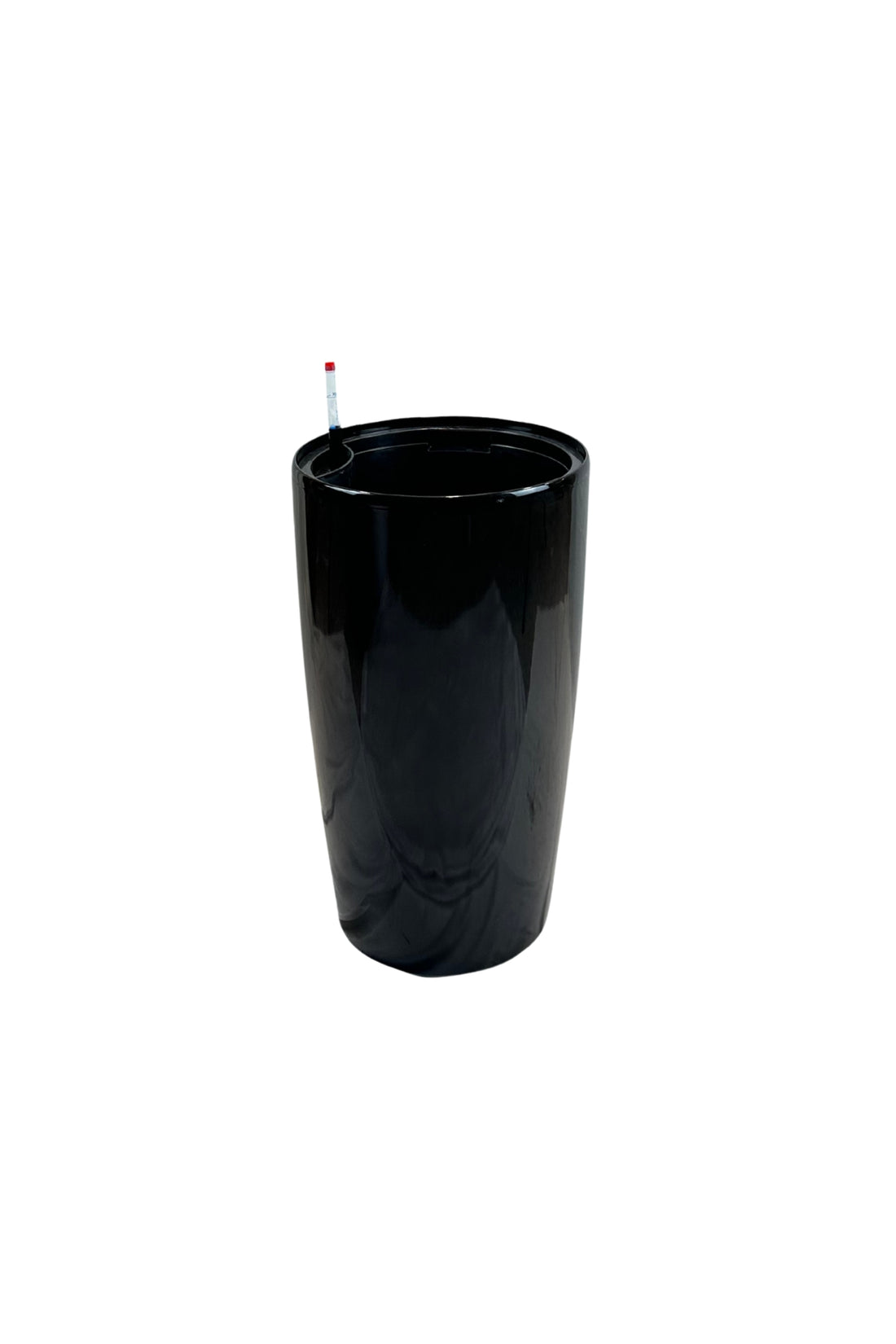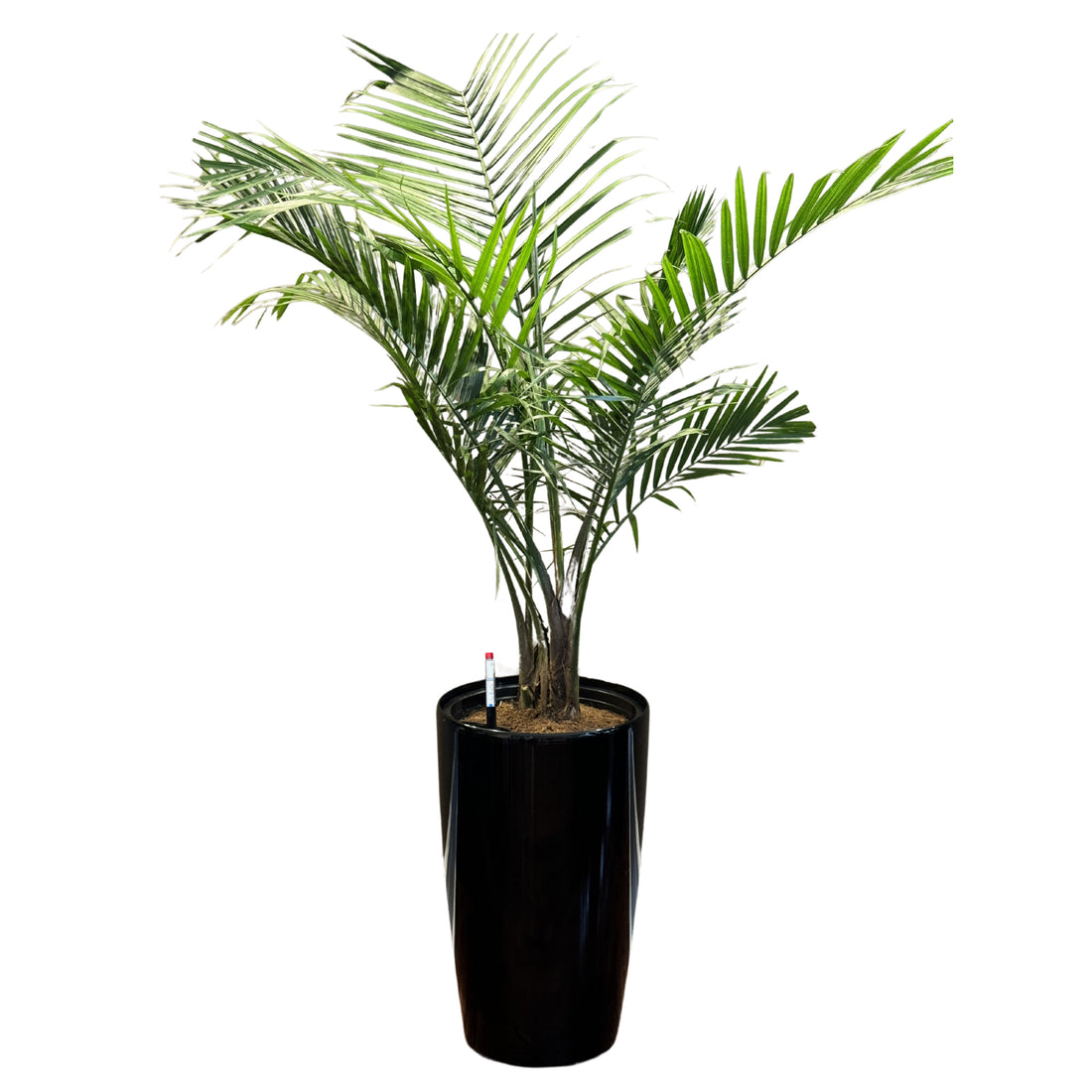Maintaining an Alocasia plant, often known as the Elephant Ear plant due to its large, beautifully shaped leaves, requires a bit of attention to ensure it thrives. Here are detailed explanations of the key aspects of Alocasia care:
-
Lighting: Alocasia plants prefer bright, indirect light. They can tolerate some direct sunlight, but too much can scorch their leaves. A spot near a window that receives filtered sunlight is ideal. If the light is too low, the plant may become leggy as it stretches towards the nearest light source.
-
Watering: These plants enjoy a consistent watering schedule. The self-watering pot is beneficial as it can help maintain consistent moisture levels, which Alocasia plants appreciate. However, it's important to ensure the pot is functioning correctly and not over-watering the plant, as Alocasia roots are prone to rot in soggy soil. Allow the top inch or two of soil to dry out before watering again.
-
Humidity: Alocasia plants thrive in high humidity environments, similar to their native tropical habitat. If your home is dry, especially in winter, consider using a humidifier near the plant or placing the plant on a pebble tray filled with water to increase the humidity around it. Misting the leaves can also help, but be cautious as too much moisture on the leaves can lead to fungal diseases.
-
Soil: A well-draining, peat-based potting mix is best for Alocasia plants. The soil should retain moisture but allow excess water to drain quickly to prevent root rot. Adding perlite or orchid bark to the potting mix can enhance drainage.
-
Fertilization: During the growing season (spring and summer), feed your Alocasia with a balanced, water-soluble fertilizer every 4-6 weeks. Reduce feeding in the fall and winter when the plant's growth naturally slows down.
-
Temperature: Alocasia prefers warmer temperatures, ideally between 65°F and 85°F (18°C to 29°C). Avoid placing the plant in drafty areas or near air conditioning vents, as cold drafts can stress the plant.
-
Pest and Disease Management: Keep an eye out for common pests such as spider mites, aphids, and mealybugs. Regularly inspect the leaves, both top, and underside, for signs of infestation. Use insecticidal soap or neem oil as a natural treatment for pests. Also, be vigilant about fungal diseases, which can arise from too much moisture on the leaves or in the soil.
-
Repotting: Alocasia plants can grow quite large, and they may need to be repotted every couple of years. This is also a good opportunity to refresh the soil and check the health of the roots. If the roots are circling the bottom of the pot, it's time to move the plant to a larger pot.
By paying attention to these aspects of care, your Alocasia can remain a stunning focal point in your home, showcasing its lush foliage and unique aesthetic appeal.
